Differences Between Hyperscale and Microscale Data Centers
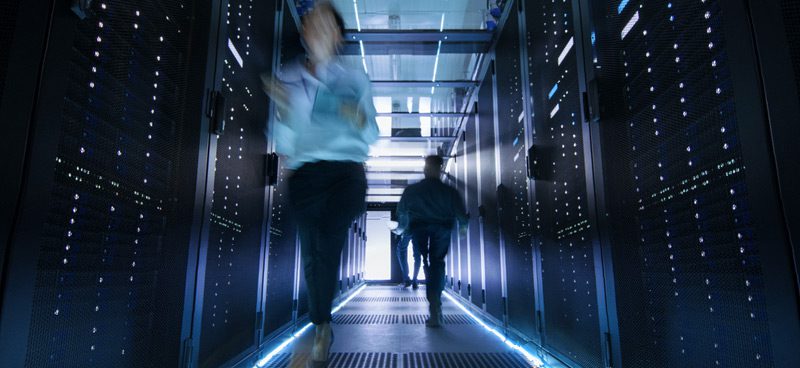
Hyperscale and microscale are two new types of data center technologies. Hyperscale alters the design of data centers. Microscale alters the method of data center delivery. A thorough understanding of each will help businesses determine if either technology or both, is right for their IT needs. Hyperscale servers Hyperscale refers to servers that can be […]
Essential Steps to a Successful Data Center Migration
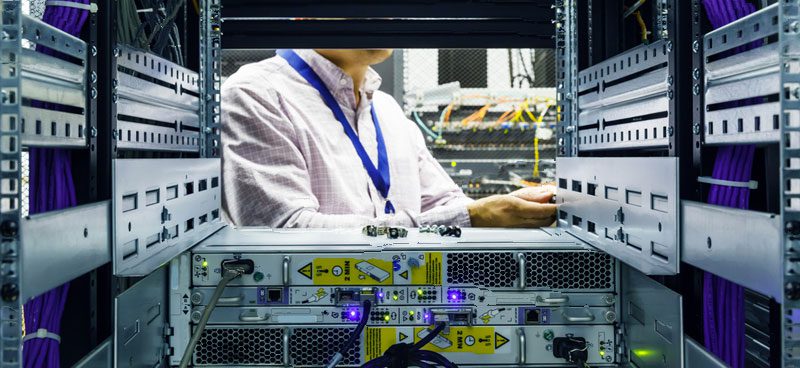
Proper migration of IT services to a data center can save money and time, minimize the need for in-house resources, and eliminate the physical room needed to store servers, computers, and other essential hardware. A smooth transition means being able to focus on business operations, making a profit, and serving the community. An improper migration […]
IaaS and PaaS: The Difference and Benefits
Cloud computing is as amorphous a term as a literal cloud, but in reality, there are three basic types of cloud computing. The difference among the three types lies in what service the specific cloud utility will offer: software, platform, or infrastructure. While this may sound overly complicated and possibly redundant, the reality is actually […]
The Physical Security Paradox: Data Centers Outperform In-House
It seems axiomatic that physical data security must actually be physically protected. Wouldn’t the best protection come from being physically present to address issues? In fact, data centers located across the country, or even the globe, provide more consistent, reliable, and all around better security. Let’s unpack the specific physical security concerns that need to […]
Factors to Consider When Choosing a Data Center Provider
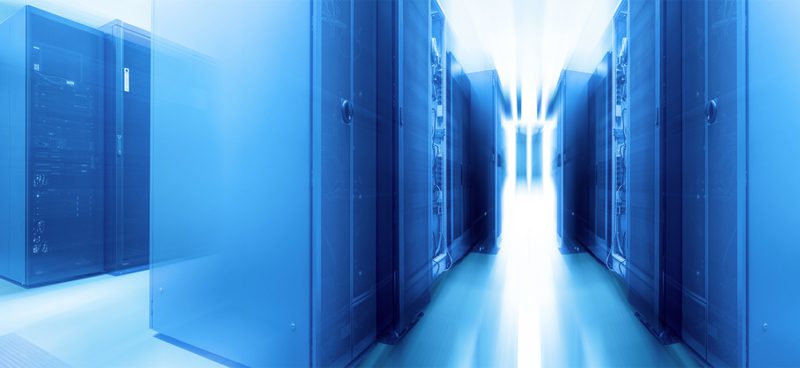
Companies are transitioning to data centers because they can save capital costs, expand the company’s network, and be positioned to grow into the future. Migrating to a data center can be a timely and expensive proposition. Some of the key decisions businesses should consider in choosing the right data center are: Scalability. The provider should […]
Why is Hyper-Convergence Technology Booming?
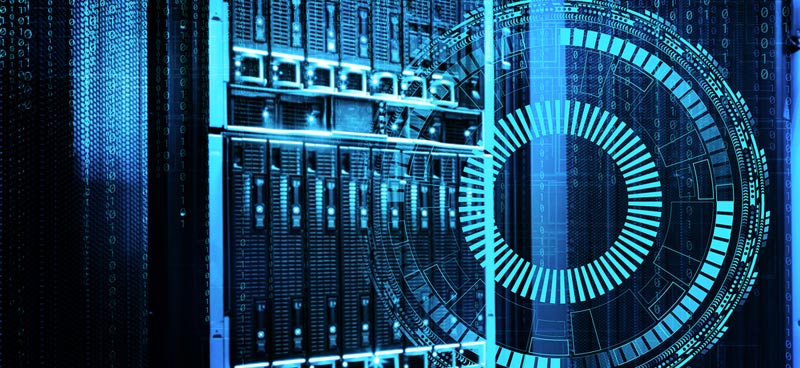
Hyper-Convergence technology is a computer infrastructure used by data centers to integrate virtualization, storage, networking, and computing resources. All of these resources are optimized to work together, supported a single system run by a single vendor. Hyper-Convergence is a new idea – the next level after converged infrastructures. Hyper-convergence helps data centers meet their scalability […]
A Guide to a Successful Data Center Migration

Many businesses see value in migrating their technology to a third-party data center. Advantages can include financial savings, better performance, the ability to partner with other companies, expanding global reach, better customer satisfaction, and faster disaster recovery. Data migration requires a great deal of planning. The IT department of the company contracting with the data […]
A Review of IoT Trends and What they Mean for Your Business
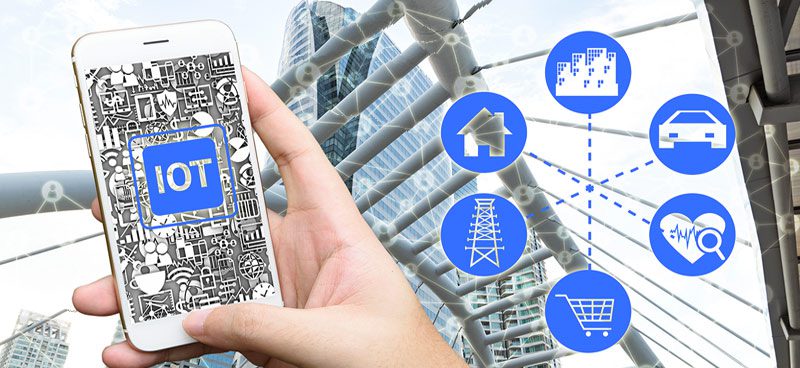
The Internet of Things (IoT) is the network of all devices (smartphones, computers, buildings, vehicles, etc.) that connect to the Internet in some way. Connections can include software, network connections, modems, sensors, or anything that lets a user connect to the Internet. Currently, the IoT consists of billions of devices, and the number of devices […]
Why the Hybrid Cloud is Becoming the Place for Enterprises Still Looking to Move to the Cloud
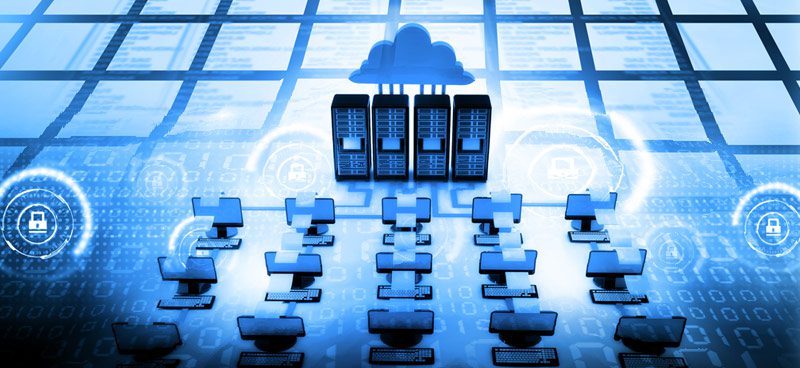
Many businesses have been cautious about using cloud computing. This cautiousness is based on concerns that the public access aspect of the cloud raises questions about security and cost. They have preferred to keep their computing services private and in-house. There is now a solution, called hybrid cloud computing, that is making the switch to […]
Using Dark Fiber, CWDM, and DWDM to Increase Data Center Connectivity
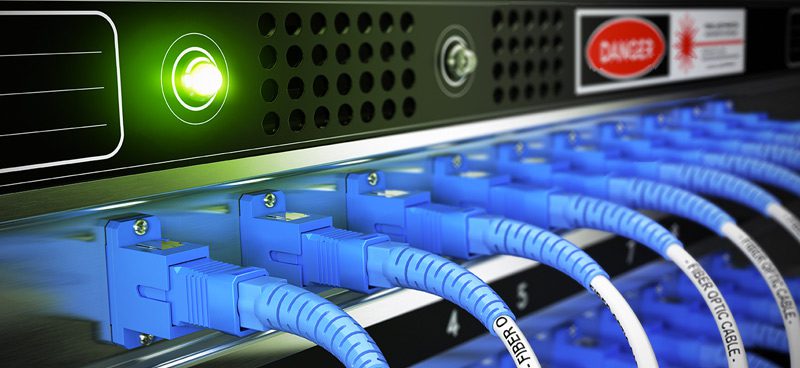
Regional, national, and worldwide businesses across domains must consider a variety of issues when it comes to their information technology. IT departments need to balance the desire for expansion, performance, high bandwidth, and low latency with security, privacy, and regulatory compliance requirements. Expansion can now be achieved by connecting multiple data centers and developing broader […]


